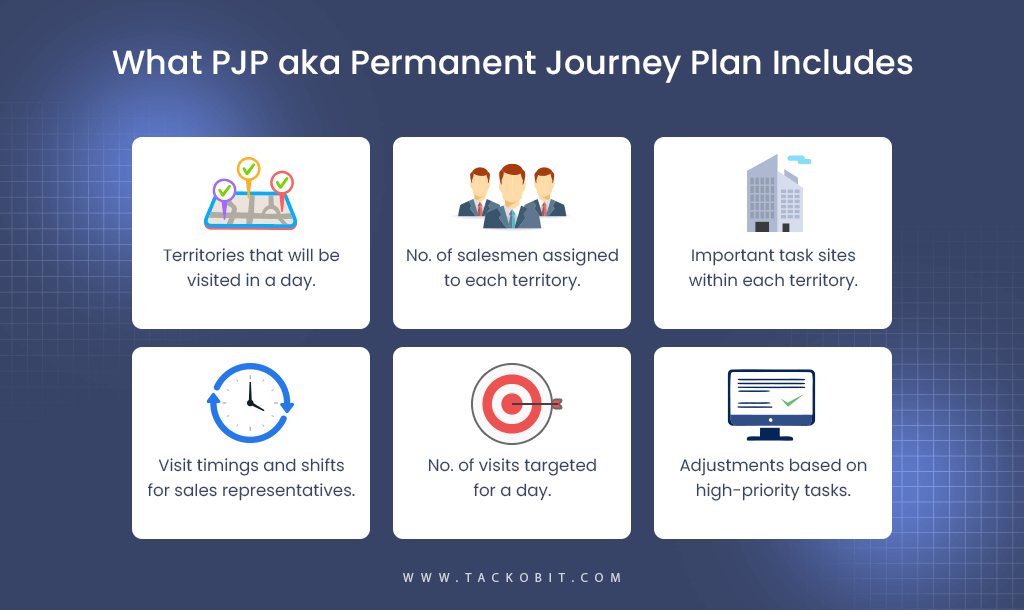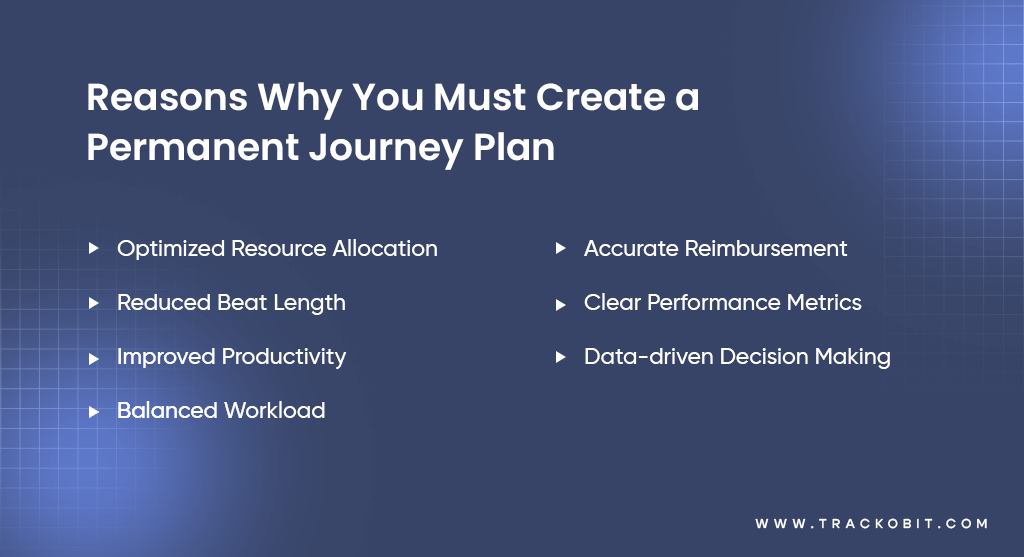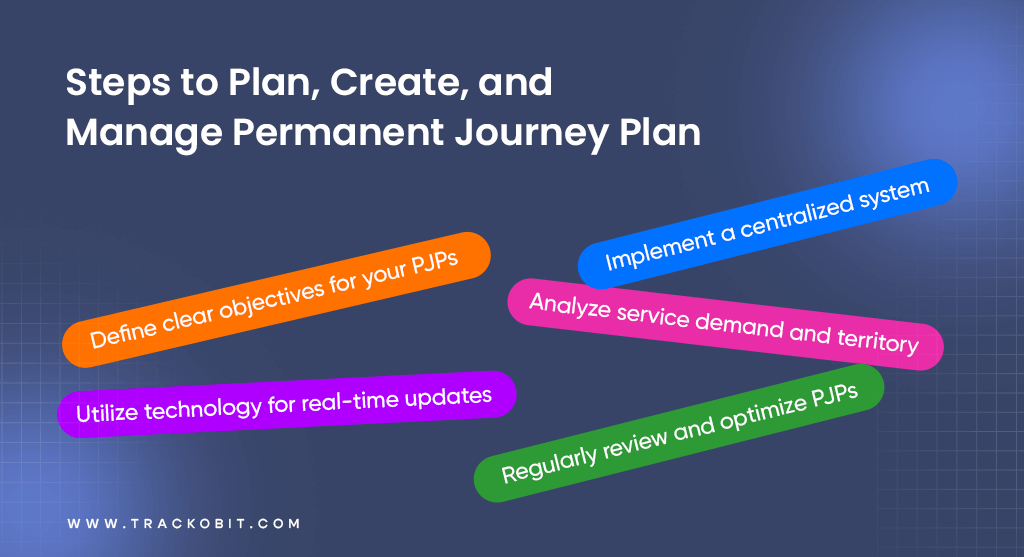-
TrackoBit
Manage commercial vehicles with the new-age Fleet Management Software
TrackoBit -
TrackoField
Streamline your scattered workforce with Field Force Management Software
TrackoField -
Features Resources
-
Blog
Carefully curated articles to update you on industrial trends. -
White Paper
Insightful papers and analysis on essential subject matters. -
Glossary
Explore an alphabetical list of relevant industry terms. -
What’s New
Get TrackoBit & TrackoField monthly updates here. -
Case Study
Explore the cases we solved with our diverse solutions. -
Comparisons
Compare platforms, features, and pricing to find your best fit.
-
About Us
Get to know TrackoBit: our team, ethos, values, and vision. -
Careers
Join the most dynamic cult of coders, creatives and changemakers. -
Tech Support
Learn about our technical support team and services in detail. -
Events
Check out the exhibitions where we left our marks and conquered. -
Contact Us
Connect with us and let us know how we can be of service.
Effective Strategies for Managing Permanent Journey Plan (PJP) in an FMCG Business
- Author:Shivani Singh
- Read Time:8 min
- Published:
- Last Update: October 13, 2025
Table of Contents
Toggle
Strategically managing a permanent journey plan (PJP) in FMCG businesses results in better territory coverage, enhanced productivity, and streamlined resource allocation. Explore throughout the guide to learn how to create one.
Table of Contents
Toggle
Does managing PJPs in field service operations feel like a juggling act? We understand how frustrating it can be to spend hours creating a permanent journey plan, only to be faced with missed opportunities and an uneven workload.
But, don’t worry– there are multiple ways to tackle these bottlenecks effectively. Even if your team is scattered across various locations, you can streamline territory planning to keep them on the right track. And what will you get?
- Transformed field operations with improved coverage
- Increased productivity
- Reduced technicians’ travel time.
Diving into this blog post will let you learn how to make it happen. But before that, let’s first understand everything about what a permanent journey plan is.
What is a Permanent Journey Plan (PJP)?

| PJPs never let you worry about the product’s consistent availability. They ensure sales representatives make timely visits to restock and keep your inventory flowing smoothly. |
A well-structured permanent journey plan aims to improve sales representatives’ performance in FMCG businesses. It acts as a pre-planned schedule that sales managers maintain to ensure their representatives visit retail stores and customer locations within a specific territory.
The PJP outlines critical information such as how many visits should be conducted and at which locations for what objectives. Even software solutions like TrackoField offer features that simplify journey planning even further. It provides flexibility to adjust schedules and allows managers to easily allocate ad-hoc tasks on the go.
With these detailed PJPs in hand, field managers ensure that each rep on their specific territory performs high-priority tasks like product demonstrations, appointments with clients, and prompt service issues resolutions. This saves technicians’ time and lets them utilize it to build customer relationships for increased sales.
Significance of Effective Sales Territory Plan
To experience streamlined field sales operations, managers need to implement a permanent journey plan or beat planning that leads to:

1. Optimized Resource Allocation
Optimized resource allocation ensures allotting the right number of sales representatives to the right territories based on skills, availability, and urgency. With an effective permanent journey plan, field managers plan schedules, shifts, and routes for their representatives. This lets workers reduce their downtime and travel time, and spend more time on productive activities, thus, improving job completion rates.
2. Reduced Beat Length
PJPs are designed to map out the most direct and shortest routes for field representatives. However, for that, managers need to assess the geographical data and customer locations. So, they use the field sales monitoring system providing real-time insights into where the customer is based.
Consequently, they group customer visits that are geographically close together into clusters. This approach shortens the beat length and ensures a more efficient journey.
3. Improved Productivity
The team’s productivity increases when each sales representative is present in their designated territory at the right time, effectively fulfilling their roles and responsibilities. Additionally, an effective Permanent Journey Plan (PJP) in FMCG businesses minimizes idle time, allowing sales representatives to complete more tasks and maximize the number of productive visits in a day—ultimately boosting overall productivity.
4. Balanced Workload
An effective sales territory management and plan allows sales managers to distribute territories evenly among sales representatives for a balanced workload. It provides a clear framework detailing what needs to be done, by whom, and when. This structure prevents overburdening and underutilizing representatives. Additionally, it enhances accountability, leading to a more evenly distributed workload and improved performance.
5. Accurate Reimbursement
Various sales force automation systems like TrackoField come with distance traveled reports. Upon analyzing these reports, you will learn how many territories and distances the sales representative accurately travels during their working hours. This ensures that you can provide precise reimbursement, reducing the likelihood of disputes over expense claims and ensuring transparency in the reimbursement procedure.
6. Clear Performance Metrics
Not all permanent journey plan (PJP) in FMCG businesses evaluate the effectiveness of schedules created. They lack well-defined performance metrics, making it difficult for managers to assess how effectively sales representatives are adhering to the PJP. A sales force automation system comes in, providing metrics like target vs. achievement reports. A detailed analysis of this metric helps you evaluate the total targets achieved against what is allocated. Therein, you can measure the performance and success of your team.
7. Data-driven Decision Making
A well-organized permanent journey plan lets you identify trends and patterns with the data captured on customer visits, tasks completed, and time spent at each location. With this data, you can make quick adjustments to the PJP– reassigning reps to new territories, and allocating resources to high-priority areas. Thus, enabling more precise and proactive decision-making.
Challenges in FMCG Sales Territory Management
Now, let’s explore some common challenges FMCG businesses encounter when manually handling permanent journey plans.
1. Over-reliance on human intelligence
Manual PJP plans drain the workforce’s energy, leaving them with little capacity for more critical responsibilities. For instance, without automation, sales managers have to shuttle between administrative tasks and on-call team tracking. This not only consumes their valuable time but also diminishes their motivation and efficiency to conduct certain tasks.
2. No real-time visibility
A well-structured permanent journey plan (PJP) in FMCG businesses requires real-time tracking to let managers make necessary adjustments on the fly. However, due to a lack of automation, sales managers often struggle to track the exact locations or task status of their sales reps. They often spend hours calling or texting the sales reps asking them their whereabouts, bringing an inability to respond quickly to last-minute changes. And it brings nothing but missed opportunities, poor sales performance, and declined customer satisfaction.
3. Non-streamlined allocation of resources
With manually handled permanent journey plans, field managers assign reps either with too many stores or too few. This prevents facilitating an evenly distributed workload among all team members. This imbalance affects sales representatives’ efficiency and overall performance as overburdened reps struggle to meet targets and underutilized ones may not contribute effectively. Thus, resulting in a lack of optimal coverage in key territories.
4. Ineffective communication between reps
It is common to face issues among sales reps while moving to certain task sites. For instance, sales reps may encounter multiple stores with the same address, and without updated information on PJP, they waste time searching for the correct one. This lack of effective communication and real-time information can lead to confusion among team members, ultimately impacting the overall performance and efficiency of sales operations.
Procedure to Create and Manage a Permanent Journey Plan (PJP)
Creating and implementing a permanent journey plan (PJP) in FMCG businesses is not just about following a schedule. It’s about strategically managing time and sales representatives on the field for streamlined operations.

1. Define clear objectives for your PJPs
First of all, you need to ensure what you want to accomplish with PJPs. So, determine and define your clear objectives like reduced travel time, increased service deliveries, and improved response times. Additionally, consider aligning these objectives with your broader business goals, such as boosting sales efficiency or enhancing customer satisfaction. Accordingly, you can tailor your permanent journey plans that address these specific challenges.
2. Analyze service demand and territory
For effective permanent journey plans, it is crucial to analyze areas with high demand, customer density, and the frequency of service requests. This assessment lets you understand where your team is needed most, streamlining resource allocation. Moreover, this approach maximizes the impact of each visit, leading to improved service performance and better staff coverage.
3. Utilize technology for real-time updates
To make dynamic adjustments to the PJP based on real-time conditions like unexpected delays and urgent service requests, you must leverage the sales force automation system. The system lets you monitor activities on the territory, track the task status, and get updates about any changes instantly. Therein, you can adjust your schedules, reallocate resources, and address any emerging challenges– improving overall efficiency.
4. Implement a centralized system
Using multiple systems for Permanent Journey Plans (PJPs) is inefficient and can lead to lost information and wasted time. This is where you must implement a centralized system to manage task histories, scheduling details, and performance metrics. Ensure this system includes a communication channel for managers and reps to ask and share task-related queries in real-time, leading to optimal PJP planning.
5. Regularly review and optimize PJPs
The final step for effective sales territory management is to regularly review and optimize PJPs. Assessing key metrics like the number of services performed versus allocated, hours worked versus scheduled, and miles covered helps you do so. This comprehensive analysis will highlight gaps and loopholes in your permanent journey plans. Thus, helping you fine-tune your PJPs to reach peak efficiency.
How can TrackoField Help You Create and Manage Your PJPs?
TrackoField being equipped with all the essential functionalities, helps you manage not just your PJPs but your entire sales operations. The software lets you prepare reps’ job schedules effectively by providing real-time insight into their task status, availability, current locations, etc. Its advanced features identify gaps within your sales operations, making them clearly visible through detailed performance metrics and KPIs.
What else do you want to look for in this god-sent sales force automation system? Because it covers every aspect of your sales management, from geocoded attendance marking to ad-hoc task allocation and simplified expense reimbursement.
Consider having this system if you want to optimize your sales operations and achieve significant excellence. To learn more, get in touch and sign up to use TrackoField for free.
FAQs on Permanent Journey Plan
-
What are some essential KPIs used to track PJP’s effectiveness?
Not all, but dynamic field sales management software like TrackoField consist of various KPIs to track permanent journey plan effectiveness such as:
1. Target vs. achievement report to assess how many targets have been completed against the scheduled ones.
2. On-duty vs. actual working hours report to evaluate the total hours employees worked in comparison to their on-duty hours.
3. Distance traveled report to analyze how many territories are visited by sales representatives during their working hours. -
What kind of technologies can be integrated into PJP management to improve field rep performance?
You can integrate numerous technologies into your permanent journey plan to significantly enhance field sales performance like:
1. GPS tracking to get real-time location data for smooth job scheduling.
2. Sales force automation that includes scheduling, performance tracking metrics, and task management for streamlined operations.
3. Mobile applications for sales reps to access and update their task status and ask queries on the go.
4. Communication platform to enable smooth and effortless coordination among sales managers and reps for quick resolution of issues.
Well, you can get all of it in TrackoField’s field sales management system, enabling you to easily handle your overall sales operations without relying on any other tools. -
What are some key challenges encountered in sales territory management?
Upon manually managing your sales territory, you can face various challenges such as uneven distribution of work, no visibility into task status, and ineffective communication between reps.
-
Why is it important to use an effective sales territory plan?
A permanent journey plan (PJP) in FMCG businesses leads to optimized resource allocation, reduced beat length, improved productivity, etc., That’s why it is crucial to implement, manage, and monitor an effective sales territory plan.
Shivani is a Content Specialist working for TrackoField. She comes with years of experience writing, editing and reviewing content for software products. Her underlining expertise in SaaS especially H... Read More
Related Blogs
-

Unified Field Workforce Dashboard: Monitor Tasks, Attendance & More In One Place
Mudit Chhikara December 15, 2025Bring full clarity to field operations with a single, real-time field workforce dashboard.
-

Loan Disbursement in NBFCs: From 15 Days to 3 Minutes – Learn How
Shemanti Ghosh December 11, 2025TrackoField’s AI-enabled field force automation software speeds up loan disbursals in NBFC with field agent task monitoring and facial attendance…
-

AI Facial Recognition Attendance: A Game-Changer for Fraud-Free Field Operations
Mudit Chhikara December 9, 2025Ensure transparent attendance and eliminate fraud before it even starts with AI facial recognition and geofencing.
-

Boost Agri-Input Sales Efficiency with TrackoField’s Sales Order Management Module
Shemanti Ghosh December 3, 2025Grow Agri-input sales and expand farmer database with TrackoField’s Sales Order Management module.

Subscribe for weekly strategies to boost field team productivity.
Your inbox awaits a welcome email. Stay tuned for the latest blog updates & expert insights.
"While you're here, dive into some more reads or grab quick bites from our social platforms!"Stay Updated on tech, telematics and mobility. Don't miss out on the latest in the industry.
We use cookies to enhance and personalize your browsing experience. By continuing to use our website, you agree to our Privacy Policy.


































